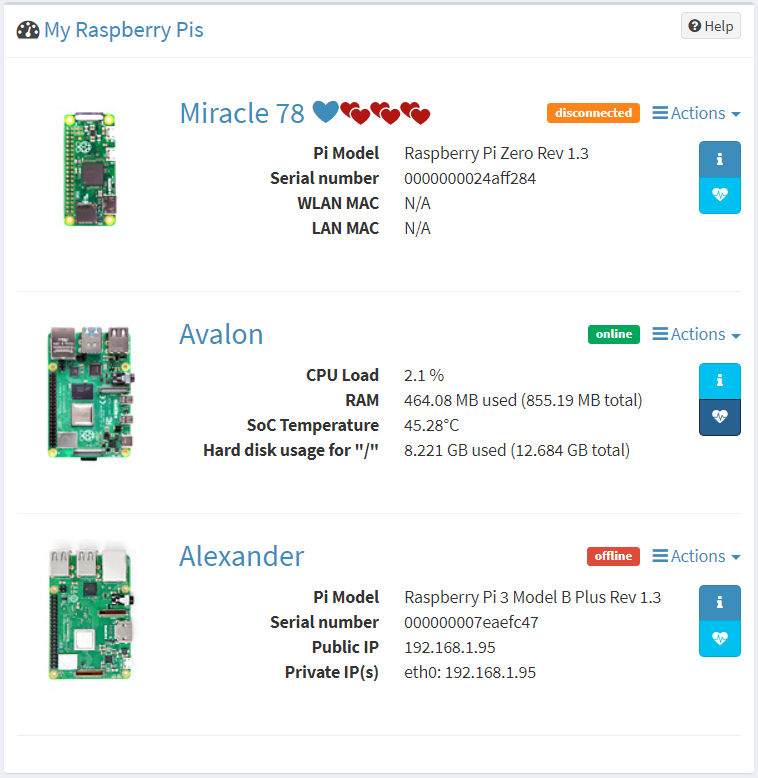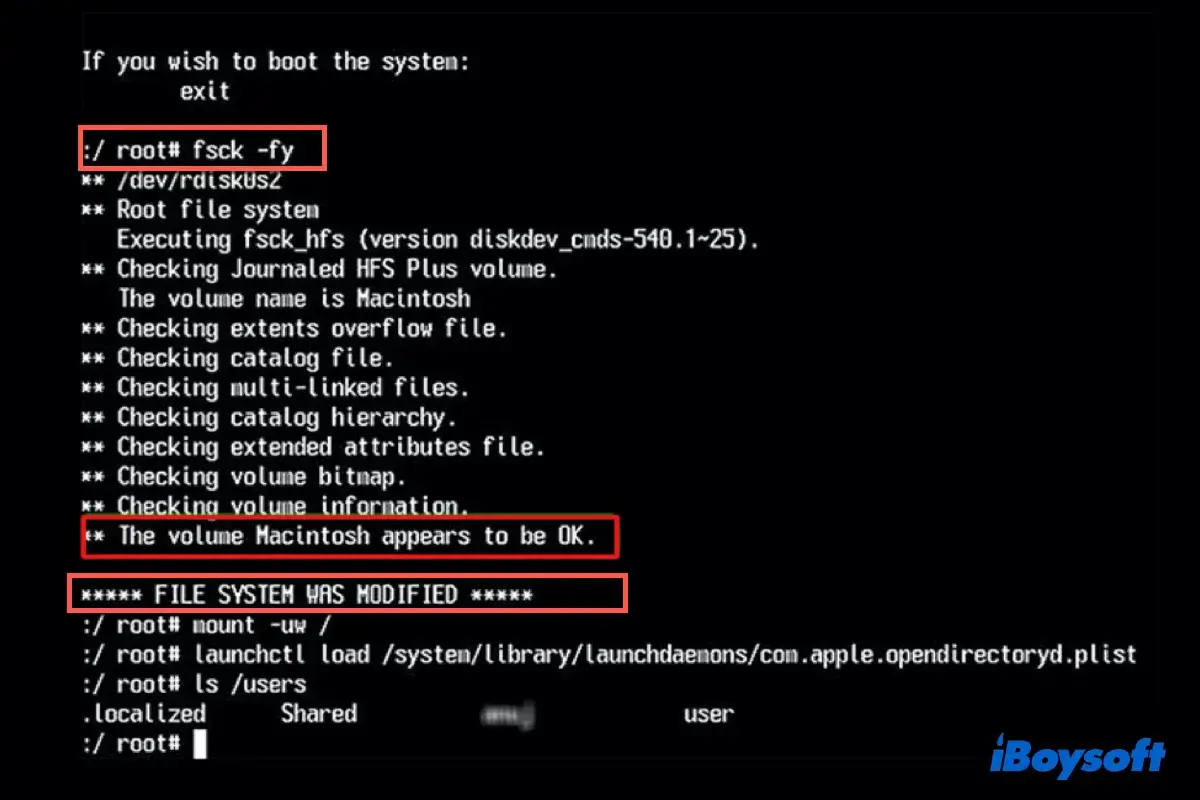Raspberry Pi Health Check Guide: SD Card & SSD Tips
Is your Raspberry Pi running smoothly, or are you overlooking subtle signs of potential failure? Ensuring the health of your Raspberry Pi's storage is paramount for its longevity and the integrity of your data. Neglecting this critical aspect can lead to data loss, system instability, and ultimately, a frustrating user experience. This article delves into the essential methods for monitoring and maintaining the health of your Raspberry Pi's storage devices.
The Raspberry Pi, a versatile single-board computer, has found its place in numerous applications, from home automation and media centers to educational projects and industrial control systems. The MicroSD card, often serving as the primary storage, is a crucial component. Understanding how to monitor the health of this card is vital. It is essential to learn how to diagnose and maintain its health, including methods to check storage space and the status of the file system. Tools like the fsck command, available in most Linux distributions, provide a powerful means to identify and fix filesystem issues that could compromise your data.
Before we delve deeper into the specifics of SD card health checks, let's clarify some of the key concepts involved. Understanding the core elements, such as the role of the file system, the importance of checking for bad blocks, and the potential impact of wear and tear, is vital for effective monitoring and proactive maintenance. Several methods, from visual inspection to specialized software, can be employed. Each approach provides insights into the storage devices condition, enabling timely interventions that can prevent data loss and system failure.
Let's consider a quick overview of the methods you can use to monitor and ensure the health of your Raspberry Pi's storage. These include visually inspecting the card for physical damage, a check of the available storage space, running a file system check, and using specialized SD card testing software. Further, specialized software, available on GitHub and other repositories, can offer a more in-depth analysis. Some tools are also available to help monitor the health of USB-connected hard drives and solid-state drives.
The longevity and performance of your Raspberry Pi depend on several factors. One of the most crucial elements is the health of the storage device, most often the MicroSD card. The constant read and write operations on this card can, over time, lead to wear and tear, potentially causing data corruption or complete failure. Additionally, issues such as power fluctuations or improper shutdowns can negatively impact the file system, making it essential to proactively monitor its health.
One of the easiest methods for keeping your Raspberry Pi system healthy involves checking its health with the use of the `picockpit` app, called `pidoctor`. This tool provides a comprehensive view of your system, allowing you to check the status of many components, including where it was manufactured, and how much ram it has.
- 2025 Kannada Movies Trailers Reviews Where To Watch
- Kolkata Murders Unraveling The Deadly Mystery Must Watch
Now, let's consider the practical steps to ensure the optimal health of your Raspberry Pi's storage:
1. Visual Inspection: Begin by visually inspecting the MicroSD card for physical damage. Look for any visible signs of wear and tear, such as scratches, cracks, or damage to the card's connectors. Such damage can lead to connectivity problems, making data inaccessible or the system unstable.
2. Check Available Storage Space: Regularly check the available storage space on your MicroSD card. A card that is nearing its capacity may experience performance slowdowns and potential file system errors. Regularly monitoring available space helps you prevent unexpected issues that can arise from insufficient storage. You can use commands like `df -h` in the terminal to check disk space.
3. File System Check (fsck): One of the most effective methods to assess the health of your SD card is by performing a file system check using the `fsck` command. This command scans the file system for inconsistencies and attempts to fix any errors it finds. It is a core utility in most Linux distributions.
4. Scanning for Bad Blocks: Bad blocks are sectors on the storage device that are no longer reliable for data storage. Scanning for these can help identify potential problems. While the `fsck` command can sometimes address bad blocks, there are specialized tools designed for more in-depth bad block analysis. These tools will provide you with a detailed view of the device's health, and highlight any sectors that may be failing.
5. Specialized SD Card Testing Software: Various software tools are available for more comprehensive testing of SD cards. These tools perform a series of read and write operations to assess the cards performance and health, providing a detailed report on its condition. Some of these programs can identify potential issues before they impact system performance.
6. Monitoring CPU Usage: Monitoring your Raspberry Pis CPU usage is critical to ensuring its health and performance. Using the command line, you can use commands such as `top` and `htop`. These tools provide real-time information about your system, including CPU utilization, memory usage, and running processes. Keep an eye on the CPU usage. High CPU usage can indicate a problem, such as a resource-intensive application or a background process consuming excessive resources. High CPU usage can also be a sign of overheating, which can negatively affect your Raspberry Pi's performance and lifespan.
7. Monitoring System Temperatures: The Raspberry Pi can generate a good amount of heat. Monitoring the Raspberry Pi's temperature is critical for maintaining system health. Overheating can lead to performance degradation and potential hardware damage. You can use the command line to monitor temperatures.
8. Understanding SMART Data (for USB drives): If you have a USB-connected drive attached to your Raspberry Pi, you can use SMART (Self-Monitoring, Analysis, and Reporting Technology) data to check its health. SMART is a monitoring system built into most hard drives and SSDs. The `smartctl` utility is used to access this information.
9. Tools and Software Available: Several tools and software are available to assist in monitoring and maintaining the health of your Raspberry Pi. The `picockpit` app, with its `pidoctor` utility, is particularly useful for providing insights into your system's overall health. Various applications are also available on GitHub and other repositories.
10. Using the Command Line: The command line is a powerful tool for diagnosing and monitoring your Raspberry Pi. From checking disk space to running file system checks and gathering system information, the command line can be used for many troubleshooting tasks. Commands such as `df -h`, `fsck`, `top`, and `vcgencmd` are your allies when it comes to checking your systems health.
11. Consider Home Automation and Other Applications: If you're using your Raspberry Pi for home automation, gaming, or coding, regularly checking its health becomes all the more important to ensure its performance and stability. Regular health checks will help you maintain your system. Be sure to check and fix any issues.
12. The Desktop Experience: The desktop environment is a good, visual test for the Raspberry Pis health. Just loading the desktop environment and observing the background provides an early check to see if your system is running correctly. If you can see a picture on your monitor, that may be an early sign that your Raspberry Pi is running properly.
13. Remote Monitoring: You can monitor your Raspberry Pi remotely. You can achieve this by using tools such as the Linux Dash dashboard, or even using SSH to connect to the Pi and then running commands.
14. The Power Supply: A reliable power supply is absolutely essential for the Raspberry Pi's health. Make sure to use a quality power supply. Insufficient power supply can cause instability and data corruption, so using a power supply capable of providing adequate current is critical. Check the power supply if you experience intermittent issues.
15. File System Considerations: The Raspberry Pi uses a file system to store data, and checking the file system can often help identify and fix problems. File system checks, such as using the `fsck` command, can help identify and repair errors. This is a simple but effective way to keep your SD card running smoothly.
16. Backup Strategy: In addition to monitoring, you must have a solid backup strategy in place. Having regular backups of your data is a way to protect it, and your system, from unexpected failures. Backups will provide peace of mind. Consider regular data backups to an external drive or cloud service. This will enable you to restore your system to a working state. Having regular data backups to an external drive or cloud service. This will enable you to restore your system to a working state. Backups are an important part of a system health and maintenance plan.
By implementing these strategies, you can ensure your Raspberry Pi operates efficiently and reliably. The key lies in regularly monitoring, understanding the symptoms of potential problems, and taking proactive steps to maintain the health of the storage device. Remember, a healthy Raspberry Pi is a happy Raspberry Pi, and a well-maintained storage device is the foundation for a stable and reliable system.
| Category | Details |
|---|---|
| Purpose | To provide tools and methods for checking and monitoring the health of a Raspberry Pi's storage, specifically the MicroSD card, to prevent data loss, system instability, and ensure optimal performance. |
| Methods |
|
| Software and Tools |
|
| Importance | Ensuring the health of the storage device is essential to prevent data corruption, system crashes, and prolong the lifespan of the Raspberry Pi. Proactive monitoring and maintenance are key. |
| Considerations |
|
| Additional Notes | The article stresses the importance of regular monitoring, understanding the symptoms of potential problems, and taking proactive steps to maintain the health of the storage device. |
Raspberry Pi - Basic Technical Information
| Component | Specification |
|---|---|
| CPU |
|
| RAM |
|
| Storage |
|
| Connectivity |
|
| Video and Audio |
|
| Power |
|
| Operating System |
|
| Dimensions |
|
| Applications |
|
In conclusion, maintaining the health of your Raspberry Pi's storage is an essential process. By being proactive and employing methods such as visual inspection, using `fsck`, monitoring CPU usage, and having a reliable power supply, you can extend the lifespan of your Raspberry Pi, and secure your data.



Detail Author:
- Name : Ethelyn West
- Username : pfeffer.peter
- Email : sgoldner@dietrich.com
- Birthdate : 2002-05-22
- Address : 10629 Carlie Terrace South Pete, MO 53142-0529
- Phone : 504.351.2571
- Company : Hartmann-Balistreri
- Job : Order Clerk
- Bio : Ex laborum magni architecto quia sunt reiciendis fuga. Exercitationem illum fugit ad aut. Quae magnam aut et iste vel delectus.
Socials
linkedin:
- url : https://linkedin.com/in/nienowd
- username : nienowd
- bio : Quo veniam nobis est in ut.
- followers : 6438
- following : 1163
instagram:
- url : https://instagram.com/deanna.nienow
- username : deanna.nienow
- bio : Aliquid blanditiis aliquid ipsa ducimus. Dolorum recusandae veritatis et perspiciatis molestias.
- followers : 856
- following : 1618
tiktok:
- url : https://tiktok.com/@deanna7261
- username : deanna7261
- bio : Autem nihil quo voluptatibus omnis autem distinctio ad amet.
- followers : 3905
- following : 2877
facebook:
- url : https://facebook.com/deanna_nienow
- username : deanna_nienow
- bio : Voluptate qui saepe iure nemo.
- followers : 3282
- following : 1509
twitter:
- url : https://twitter.com/deannanienow
- username : deannanienow
- bio : Corporis beatae deleniti ea natus. Aut error nihil hic provident ad aut alias dolorem. Quo ducimus dolorem dolor qui.
- followers : 4647
- following : 492